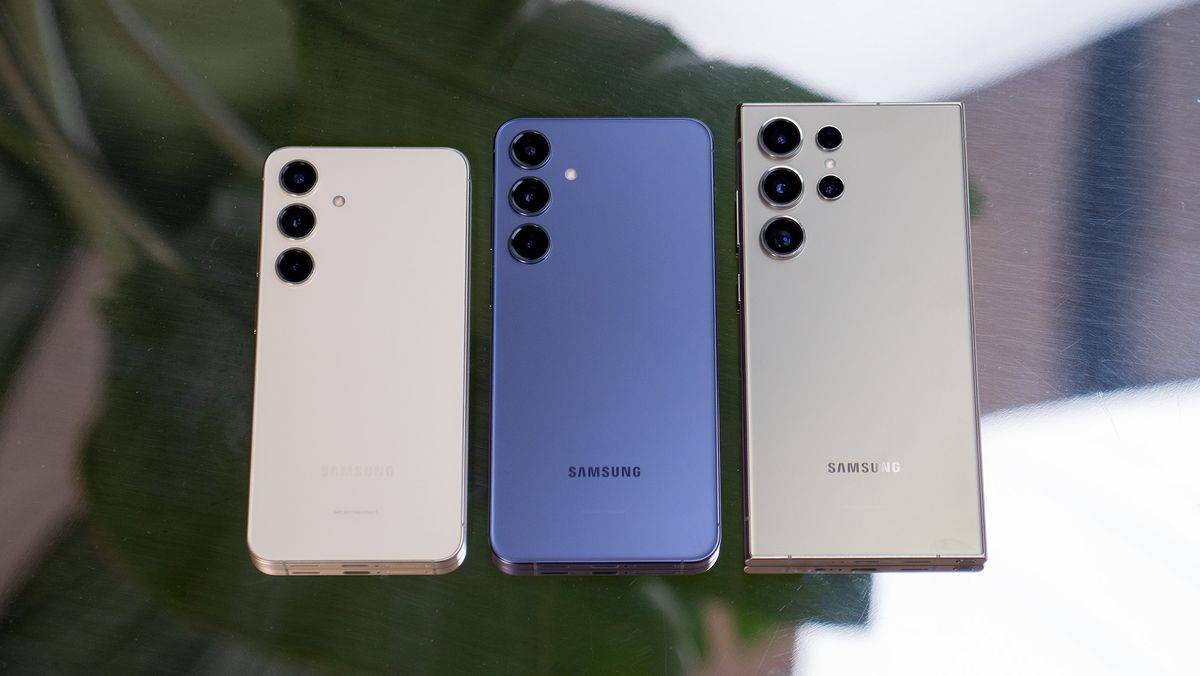Spending more to save more is an all-too common pitfall.
The opportunities for so-called “spaving” are nearly everywhere, whether it’s the lure of a “limited-time deal” or “buy one, get one free” or tacking on additional items to get a bigger discount or simply to reach the free shipping threshold.
But spending to save can lead to excessive buying habits and high-interest credit card debt if you aren’t careful, according to consumer savings expert Andrea Woroch.
More from Personal Finance:
‘Quiet luxury’ is alive and well in 2024
Americans are splurging on travel and entertainment
Shoppers embrace ‘girl math’ to justify luxury purchases
Similar to “girl math,” which breaks down the price of an item by the cost per wear to justify big-ticket purchases, spaving encompasses all the ways buying decisions are rationalized.
″’Spaving is us justifying our desire to buy more,” said Brad Klontz, a Boulder, Colorado-based psychologist and certified financial planner.
By nearly every measure, Americans are financially strained. Yet, even as inflation and high interest rates squeeze budgets, consumers continue to fall for these financial traps.
“Teams of scientists have figured out how to extract more money out of you,” said Klontz, who is also managing principal of YMW Advisors and a member of CNBC’s Financial Advisor Council.
But spaving comes at a cost, he added.
“We are just constantly spending more than we can afford and then we experience stress related to our financial health,” Klontz said.
How to combat spaving
Think through your purchases carefully, Woroch said — and consider the trade-offs, especially if it comes at the expense of your economic standing. Here are her six steps to avoid the financial trap of spaving:
- Quiet the noise. Identifying triggers that lead to impulse sale purchases is key to dodging them in the future, Woroch said. “Delete shopping apps on your phone that alert you to the latest sale and unsubscribe from store newsletters,” she said. “Instead, look for coupons only when you need them” through deal sites such as CouponCabin.com or with a browser plug in like SideKick, which scans for applicable codes.
- Pay with cash. Buying big-ticket purchases in cash can also help avoid impulse spending. “You’re less likely to part with your hard-earned dollars on something you didn’t plan to buy or don’t really need when you’re forking over actual bills,” Woroch said. This strategy doesn’t rule out money-saving opportunities, she added. Take pictures of your receipts using the Fetch app and earn points, which can then be redeemed for gift cards at retailers such as Walmart, Target and Amazon.
- Do the math. For some “buy more, save more” deals, the percent discount is often the same but disguised as a greater value, according to Woroch. For instance, getting $20 off $100 is no better than $10 off $50. “Don’t let this fool you into buying more,” she cautioned, “do the math with your calculator if you aren’t sure.”
- Steer clear of temptation. If there’s a particular retailer that temps you with limited-time sales, try to avoid going into that store altogether. Instead, “order online and choose curbside pick up to get what you need,” Woroch said.
- Create shopping “hurdles.” If you are shopping online, deleting stored payment details can help create a “purchase hurdle” that forces you to think through your buying decisions before your proceed, Woroch said.
- Set time rules. When in doubt, sleep on it, she advised. “Give yourself 24 hours to think through a purchase before you hit the buy button.” Chances are, you will have moved on.





















Discussion about this post